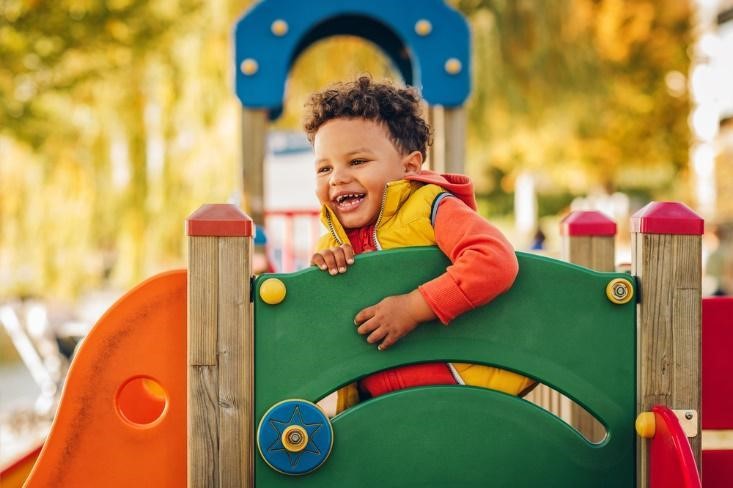Prepare a safe environment for the children in your care to play outside
As a child care provider, you know outdoor play is important. Children need to be active, and there’s no better time than time spent in nature. Running, playing, climbing, swinging, and digging are all parts of childhood. Outdoor play also helps burn off extra energy, making afternoons more enjoyable.
You’re also familiar with the safety challenges involved with outdoor play. It seems like children are drawn to danger and full of questionable ideas. Although there are safety factors to consider when it comes to playing outside, it’s a normal part of healthy childhood development. Make yourself aware of the possible risks and create a safe space to play outdoors.
The swing of things
There are two aspects to consider when it comes to outside safety, and those are preparation and equipment.
When it comes to being prepared to ask yourself the following:
- Do the children have proper protection from the weather, such as hats and sunscreen or coats and gloves?
- Do they know the rules, such as taking turns and keeping their hands to themselves?
- Do they have the right adult to child ratio for supervision?
- Are children dressed appropriately for outdoor play, without drawstrings or long straps, flip-flops, open-toed shoes, or clogs to prevent strangulation, slips, or falls?
- Are the play equipment, fences, and gates inspected each morning to ensure proper working order?
Equipment is a little more involved. When designing or evaluating an outdoor play space, review the following checklist:
- Climbing equipment or slides over 18 inches high should have a shock-absorbing surface beneath to help reduce the injury as a result of a fall.
- The highest rung or platform on climbing equipment or the top of the slide should not be more than 6 feet high for school-age children, and 4 feet high for younger children.
- Equipment with ramps or platforms over 30 inches high should have guardrails or barriers to help prevent falls.
- Openings in guardrails or between ladder rungs should be less than 3.5 inches apart or more than 9 inches apart so that children cannot become trapped within the space.
- Area around the playground equipment should have at least 12 inches of loose-fill, such as wood chips, mulch, sand, or pea gravel to protect children from the impact of a fall.
- There should be a 6-foot use perimeter in all directions around stationary equipment, and a larger zone around swings and slides.
- The play area should be free of exposed concrete footings, raised tree roots, rocks, or other hazards that could cause a child to trip and fall.
- Equipment should not have sharp edges, loose or protruding bolts, or open “S” hooks.
- Children should only be permitted to play on equipment designed for their age group, and equipment should be labeled appropriately.
- Trampolines should never be used.
Reviewing this list can make taking children outside seem like a lot of work. However, once you’re familiar with what hazards may be present, avoiding them will become second nature. Make sure the children in your care are prepared to play outside in a suitable environment and enjoy the fun you’ll watch them have.
The Virginia Infant & Toddler Specialist Network helps improve the quality of care for infants and toddlers through extensive resources, services, and education for caregivers. Learn more about how we can help you improve the standard of care.




